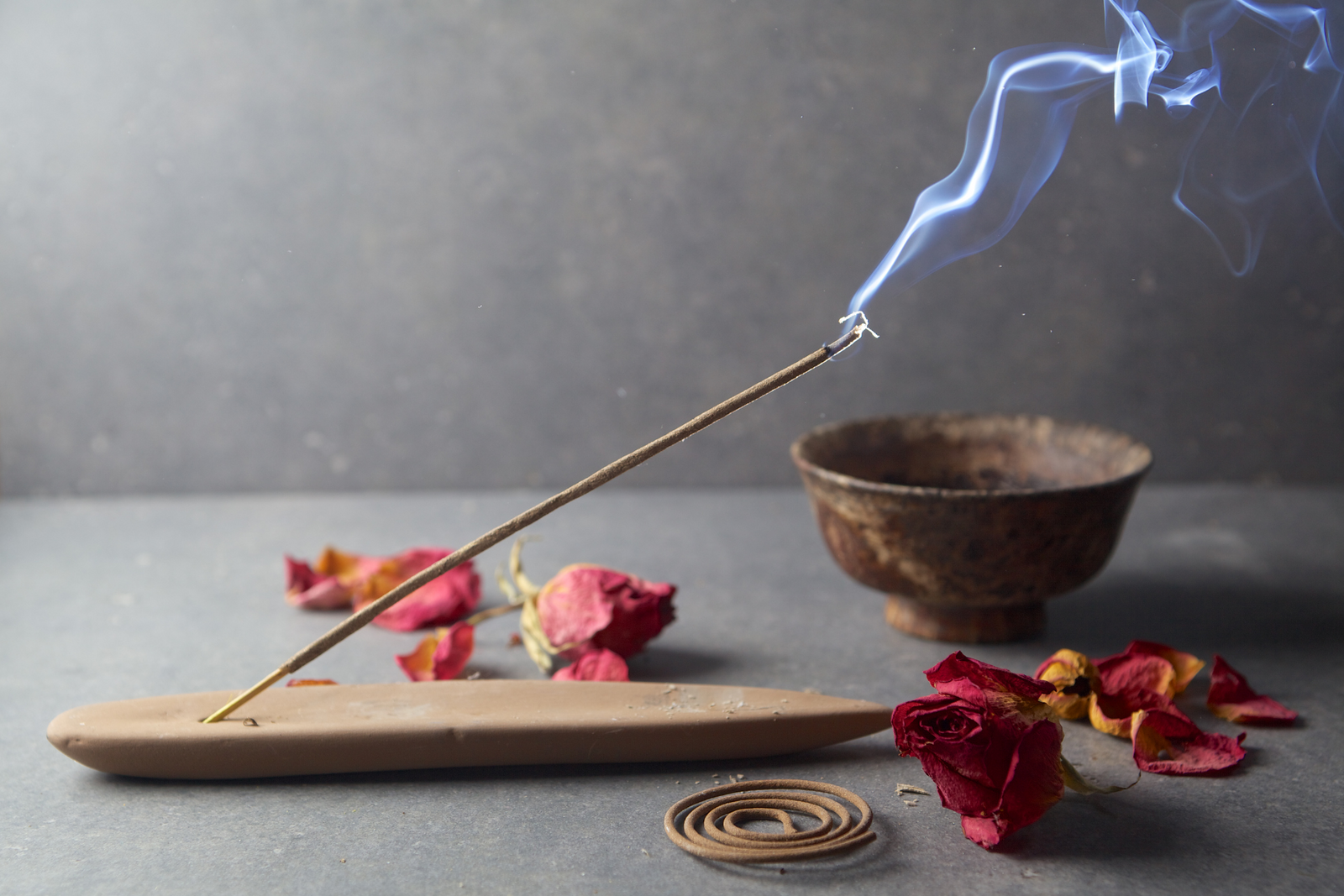On Awaji Island, visitors can see artisans dedicated to keeping the tradition of incense making alive. It is said that the practice dates back to 595 AD, when a fragrant piece of wood washed ashore, and the locals burned it for firewood but instead noticed the fragrant scent emitting from it.
During a visit to a local incense manufacturer, I met a fragrance master (called Koushi in Japanese), whose passion for the incense-making was admirable. He described the dried incense under newspaper as if they were living. “The dried incense has to be covered and stored in the dark so that they keep their scent. They are all sleeping, waiting for their turn to put on a show, like stage actors behind the scenes before a big play.” His words painted a vivid picture of the care and respect given to these small, yet fragrant creations.

I was also surprised to learn that Awaji Island produces about 70% of all incense sticks in Japan. The Ei area is renowned for its incense making, and as I walked through the town, a smoky yet sweet scent filled the air. At a manufacturer that has been operational since 1905, I had the rare opportunity to learn about the craft of incense making. Visitors can participate in the production process, learning about everything from the mixing of raw materials to the careful kneading and extrusion of the incense sticks.

Each step of the process, from forming, cutting strings of incense, to drying the sticks naturally over several days is carefully done. It takes about two weeks for a stick to be made. This method has roots that stretch back to the Edo period, where incense making became a vital means of livelihood during the harsh winter months.

Because the drying process takes time, visitors that try the incense cutting will not be able to take their cut pieces home. However, they can make their original fragrant sachet, a traditional Japanese talismans typically made from fabric and filled with aromatic herbs or spices. Choose the desired fabric pattern out of many colorful types, then mix and create an original scent like a scientist! These small bags are often hung in homes, carried, or placed in specific locations for various purposes.
Awaji Island’s rich history in incense production adds to its charm. Experiencing this tradition firsthand was not only educational. It was a celebration of passion and craftsmanship that will stay with me long after the scents fade.
Inspired to take a trip to Japan? Whether you need a guide, transportation, and accommodations, or want to experience this yourself, get in touch! We can make it happen.

